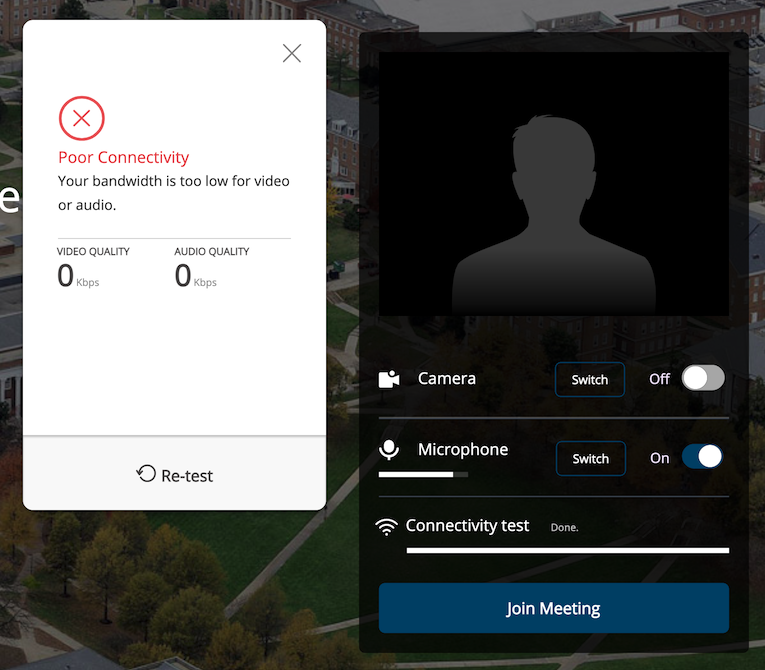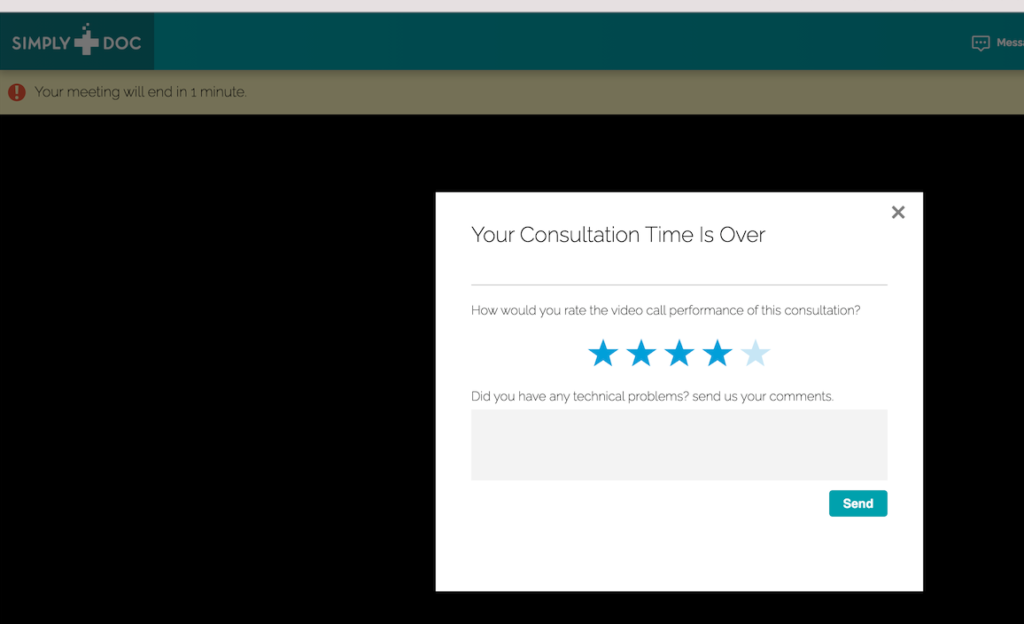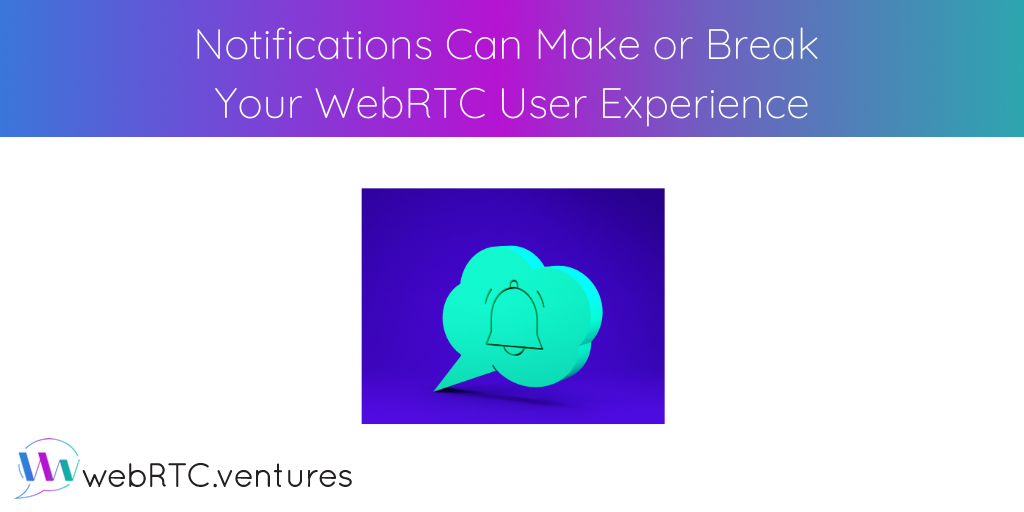There are a number of roadblocks that can prevent users in a WebRTC video, audio, or chat application from connecting. Making this connection is the make-or-break moment in terms of providing a quality user experience. Adequate and timely notifications provide essential feedback to mitigate these issues.
User experience (UX) design is the process design teams use to create products that provide meaningful and relevant experiences to users. Delivering quality experiences within your application is all about knowing your audience, understanding their context, and getting the right messages to them.
Controlling the User Experience

If two people are in the waiting room and they don’t know the other is there, you’ve failed.
If a user’s microphone isn’t set up, you’ve failed, too. Is it your fault? No. But you will be blamed for it, yes. With a good Pre-Call Test and the proper notifications, the situation could have been avoided. So is it your fault? We’ll let you decide.
We can control:
- Choosing the right processes before our users connect
- Selecting the correct medium for our users to connect
- Using adequate technology to connect our users
We cannot control:
- The quality of our users’ internet connection
- If users show up to their appointments/meetings
The Four Stages of a WebRTC Connection
Notifications are important in all stages!

Stage 1: Agreement
- Let people know they have someone who wants to connect
- Add visual or auditory reminders
- Help people understand and be aware of their connection strength
- Send timely and accurate reminders (if needed)
Stage 2: Preparation
- Technology Settings
- Let them know how much and what they are sharing
- Help people understand and be aware of their connection strength
Stage 3: Connection
- What is the other person sharing?
- What am I sharing?
- My connection / other participant’s connection
Stage 4: Post Call
- Make it clear the connection has finished
Three Categories of Notifications
It is very important to get the right notification to the right user at the right time.

Category 1: Technology
- Did the user give access to their camera/mic?
- How will you notify users that they have given this access? Will you show an open mic icon? Show the camera? Highlight the screen they are sharing?
- What do audio/video/screen controls look like throughout the call?
- How will you let the user know if their connection is strong enough to be successful in their call? Can you switch to an audio call?
- How will you let users know they can choose a specific camera or mic if they have multiple options?
Category 2: Communication
- How will you let the user know they have a chat pending?
- Will the user know that the other user wants to share the camera/screen?
- What should users be focused on? Are they sharing their screen? Whiteboarding?
- Are you being recorded?
Category 3: Sentiment
This is a new area that is just being explored. Can we use this technology to become aware of a person’s feelings, for example if they are happy, upset, or excited? How can this help us enhance communications and therefore increase the quality of the user experience?
In conclusion, delivering an awesome user experience in your WebRTC app is achieved by thinking about many things in advance. Some of these things we can control and others we cannot. But we can make sure to notify the user about all of them, and give them the chance to recover so they can make use of the great technology in which you (and they) have invested.
At WebRTC.ventures, we don’t only build great video applications, we make sure the user experience is also great. Contact us today!




